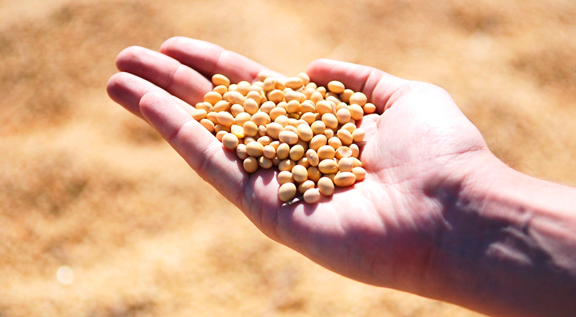
Image: Pixabay
In the last four months, physical soybean market prices have already fallen by 2.64%, equivalent to R$ 4.00/bag in the states of Rio Grande do Sul and Paraná, 5% in Mato Grosso do Sul and 3.82% in Minas Gerais. On the other hand, in this same time, inputs increased by 25.46%, lowering profitability.
TF Consultoria Agroeconomic recalls that since July 19th it has been warning the Brazilian soybean market about the possibility of a (strong) drop in quotations and prices in Brazil. “Since then, those who followed our recommendation in July are now receiving R$ 176.94/bag”, emphasize market analysts.
{module Form RD}
On the other hand, experts point out, whoever followed the recommendations at the time and set prices on the Chicago Stock Exchange, “gained US$ 66.50/ton, which is the difference between the quote of $1391.76 that day and the closing of this Friday- fair, from R$ 21.94/bag. Instead of selling today around R$ 155.00, you are receiving R$ 176.94/bag, anywhere in Brazil”.
“For the 2021/22 harvest, there is nothing on the horizon that makes us even think about a new rise in prices, neither Chicago nor the dollar, in the short or medium term. The only possibility would be some factor that is totally unpredictable today, such as a new wave of the pandemic, or a very serious and unexpected political fact”, says the TF.
TF Consultoria Agroeconomic therefore recommends selling what remains of the 2021/22 harvest and fixing prices on the Chicago futures market for the 2022/23 harvest: “We never recommend selling physically, so as not to have delivery problems, if any. any quality deficiency, as warned by APROSOJA”.
“In fact, these problems between farmers and Trading Companies would not exist if, instead of selling on the physical market, farmers would just set prices in Chicago, without compromising anything physical. After the harvest, you will only deliver the physical product you sold in Chicago if it is in good condition; If not, just buy back your contract in Chicago and put the profit in your pocket”, concludes the Consultancy.
By: Leonardo Gottems | agrolink










